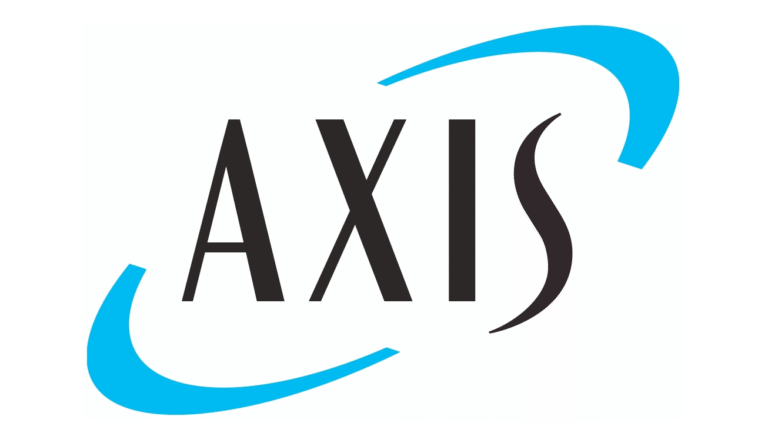
US life and annuity (L/A) insurers expanded their private credit portfolios by 6% in 2024, according to a new report from the credit rating agency AM Best, marking a doubling of such holdings over the past decade.

Many of these firms, including those originating these assets, have also strengthened their participation in the L/A insurance market, AM Best notes.
The report emphasises that a substantial portion of these holdings consists of Rule 144A securities, which can be offered directly to institutional investors without going through an initial public offering.
In 2024, private placement bonds grew 6.3% to nearly $1.8 trillion, representing more than 45% of L/A insurers’ bond portfolios, according to AM Best. Meanwhile, non-144A private placements, which are less liquid, reached $950 billion, or 24% of bond holdings and 17% of total invested assets, the report adds.
AM Best highlights that private placements take multiple forms, including direct corporate lending and structured non-mortgage-backed securities (non-MBS).
While issuer obligations remain the dominant category, structured non-MBS assets have been steadily rising. Bonds with private letter ratings (PLRs) accounted for nearly half of the industry’s private credit investments in 2024, AM Best reports.
The report also underscores differences in credit quality between PLR and publicly rated assets. Among unaffiliated bank loans, 54.7% of loans without a PLR were below investment grade, while over 70% of PLR-rated loans carried investment-grade ratings, including 49% classified as NAIC-1, AM Best states.
Structured non-MBS securities, now the second-largest category of private credit holdings, accounted for 28% of the total in 2024, up from 17% in 2014. AM Best notes that structured non-MBS assets have grown at a 13% compound annual growth rate (CAGR) over the past decade, compared with 5% CAGR for traditional issuer obligations.
“Some examples include outright acquisitions of insurance companies to use as platforms to provide permanent capital and acquire additional blocks of business, or through minority investment or a similar arrangement, to earn fee income from managing large portions of a company’s investment portfolio,” said Jason Hopper, Associate Director, AM Best.
“Insurers have been investing in private credit for decades, but the type of issuer has continued to shift,” added Kaitlin Piasecki, Industry Research Analyst, AM Best. “Issuer obligations that involves lending directly to companies, now make up less than 60% of private credit allocations, compared to nearly 80% a decade ago.”





